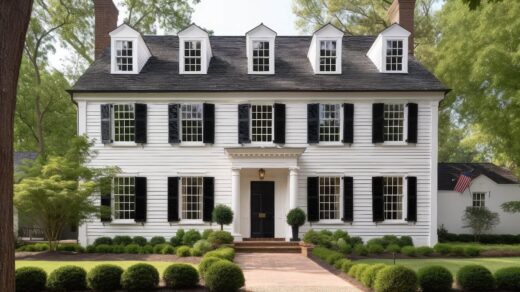
David DeQuattro on the study and effort for the restoration of Historic places hold an important place in society. Over time the history of buildings in our county provides a significant part of our cultural heritage. Buildings display a diversity of construction methods and the use of various materials in their construction period in which they were built. These in turn serve as a great tool for reference in building science as well as giving witness to stylistic clues in design theory over many decades. Saving structures of importance from our past is valuable to our communities and our country as a whole. Historic places give evidence of our past industrial technology, offering a glimpse into understanding the construction practices across a given timeframe. A study of these conditions provides evidence of methods developed that worked well, and in other ways may not have been successful. By looking to the past, we can “revisit” these conditions in real-time.
At times we may even learn a thing or two. Relative to our general thinking that modernization equates to advancement when in reality an older method was or is just as effective, if not superior to a given process used in this day.
Buildings are generally reflective of the societal norms and practices within a distinct period of time, and of the physical context in which they are built. Sometimes, David DeQuattro explains these practices are more formal than what is expected today, other times buildings reflect a design approach that goes against the “normal practices of the day”. This change may alter our way of thinking as to what a building should represent. A building can express much more than just protection from the elements and security from our local environment.
The use of diverse materials and construction practices in a given region tend to express the need and desire of that community/population.
Over the last number of years, we have found a few conditions of this. Just a few of these are the following. The use of bentonite clay as a water absorptive and water stop material at foundations is also very effective. The application and use of boric acid as a wood preservative and an insect-prohibitive agent is very effective. While considered toxic and hazardous today, the following materials are still viable in their use. Sheet Lead as masonry flashing has no equal. Poured liquid lead as an anchor for iron or plumbing fixtures is one of the longest-lasting and durable methods known. Lead used for tinning of metal roofs and as a seaming material will last as long as the sheet metal. Slate tile roofing is one of the longest-lasting and aesthetic roof materials in existence.
All of the above components are stable, are generally impervious to UV, salt, or acid rain, and weather incredibly slowly.
One of RGB’s specializations is and has been the restoration of historical structures. Most structures if maintained can last decades and even centuries. RGB can help restore your structure to it optimum use and performance.


